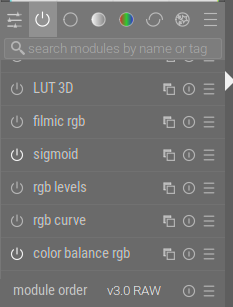Of course you should try and get the best possible exposure when you can (what is “best” will depend on the image). But the role of filmic is not to correct errors during capture…
The problem you are faced with in a lot of exterior scenes is the dynamic range of that scene. A modern camera can handle quite a range, much more than paper can handle. So you have to compress the range from your capture. And that is the main function of filmic (and sigmoid), and why it has the “white reference” and “black reference” sliders. (The conversion of scene-referred to display-referred is also done in filmic, but that’s a fairly straight-forward operation which doesn’t allow any parameters).
You may still want to reduce the dynamic range before filmic, but I find I use that mostly to control (local) contrast. Compressing the dynamic range will automatically reduce local contrast; either over the whole image, or in the roll-off at the extremes, depending on the contrast setting (which sets contrast around middle gray). So changing the exposure for some parts of the image can help maintain the local contrast (“details”) where you want it.
Once again, this is all for correctly exposed images!





 .
. , we welcome your feedback and contributions.
, we welcome your feedback and contributions.




